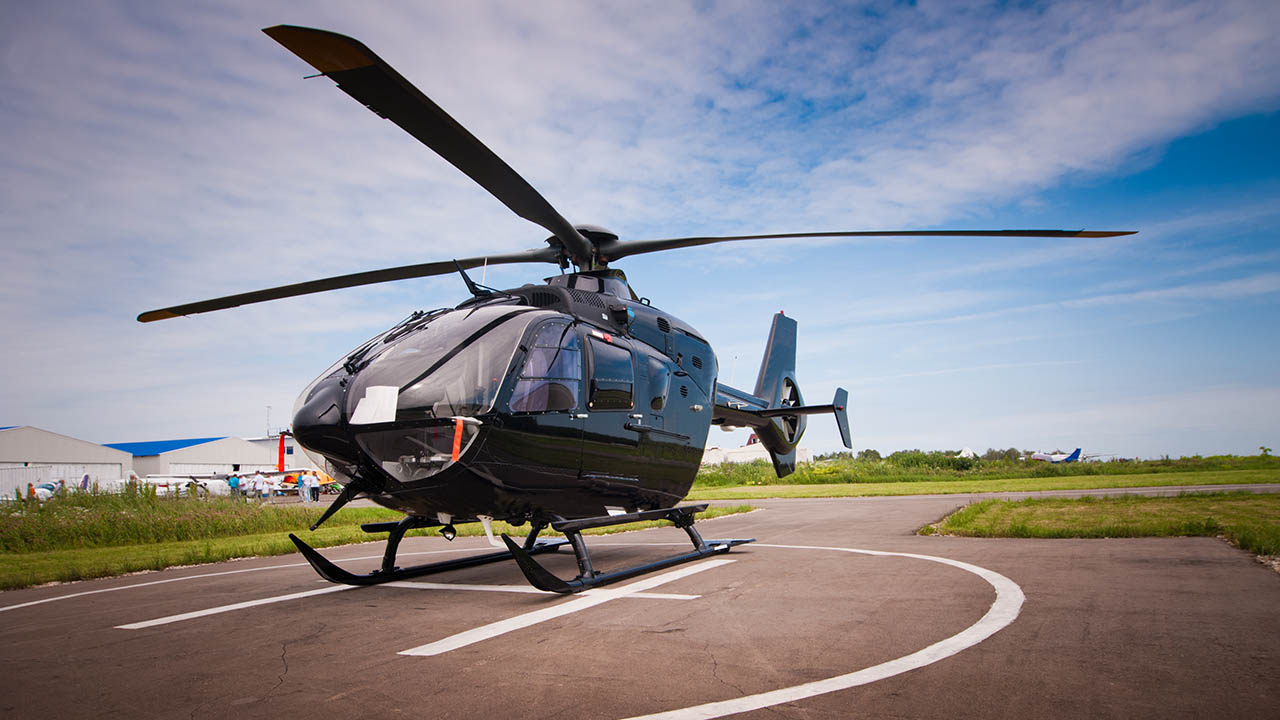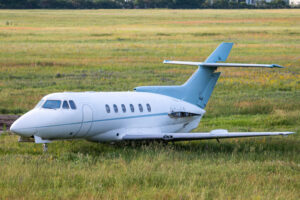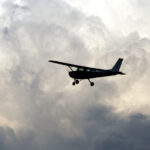Does autorotation training do more harm than good to future pilots?
We’ve all heard that practice makes perfect, but what if practicing an emergency procedure is more dangerous than the emergency itself? In 2011, the FAA Safety Team released an article on Planning Autorotations in response to helicopter accidents/incidents reporting that the greatest risk for an accident or incident occurred while practice autorotations. Read on for tips on how to better prepare for autorotations and what you can do as the pilot or instructor to reduce risk while still ensuring safe and effective practice autorotations. Note: This blog is in no way trying to discourage pilots from training for autorotations, but we simply aim to provide a resource for safer training practices. As for any emergency procedure, knowing what to do and when to do it can legitimately be a matter of life and death. Practice for these situations is always necessary, but the practice should be handled with care and efficiency.Set boundaries during drills.
As the instructor, or simply for your own practice flights, establish limits or parameters in which you are no longer comfortable with what is being practiced and plan to either return to powered flight or abort the procedure. For example, this could be:- At 100’ AGL, we’ll continue the autoration only under the following conditions:
- Trim and attitude set with airspeed +/- 5 knots
- Rotor RPM in the green arc
- Normal rate of descent
- Turns completed and aligned with the landing area

Autorotation training tips:
- Prior to entry, conduct a check (like HASEL), to help ensure safety during the maneuver:
- Height – sufficient to complete the planned maneuver?
- Area – suitable in all aspects (such as near an airport, preferably an open runway or flat area next to a runway) should an actual engine failure occur?
- Security – all secure, strapped in and no loose articles?
- Engine – all indications in the green, carb heat (if equipped)
- Lookout – any other aircraft or hazards around?
- Continually monitor and check airspeed, rotor RPM, and rate of descent stay within limits, should they stray outside any established limit, always initiate a power recovery
- If an instructor is on board, ensure a positive exchange of controls, especially if the instructor feels the need to abort the maneuver — don’t let the student get so far into a corner that the practice session turns into a real incident or accident. Students need to make errors, but instructors should monitor close enough to not let the situation devolve into a non-recoverable event
- Decide early on the type of recovery at the end of the maneuver
- Always take the wind direction into account
RELATED READING
RELATED CTS TRAINING









